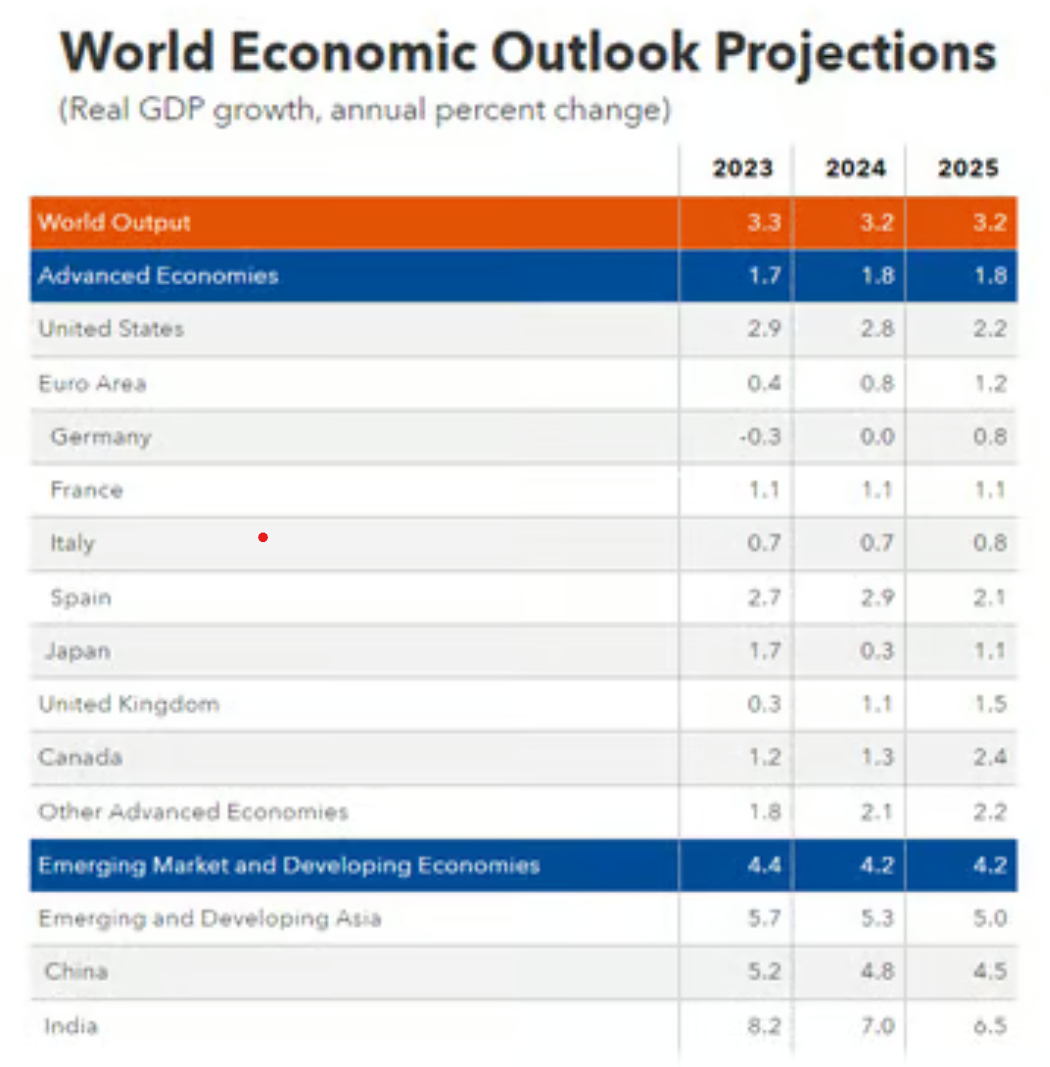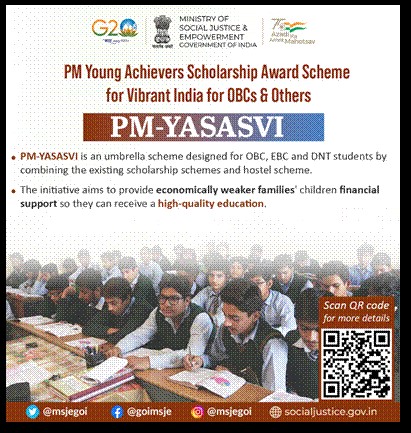Nobel Peace Prize 2024

- 24 Oct 2024
In News:
The Nobel Peace Prize has been awarded to Nihon Hidankyo, an organisation of survivors of the Hiroshima-Nagasaki bombings. In doing so, the Nobel Committee has highlighted the power of their testimonies and the need for disarmament.
Key Points about Nihon Hidankyo and the Hibakusha Movement
- Nihon Hidankyo:
- Established on August 10, 1956, as the nation-wide organization for survivors of the Hiroshima and Nagasaki bombings.
- Focuses on the welfare of Hibakusha (A-bomb survivors), promoting nuclear disarmament, and advocating for compensation for victims.
- Works to share the stories and experiences of Hibakusha, both within Japan and globally.
- Hibakusha (Bomb-affected People):
- Survivors of the atomic bombings of Hiroshima and Nagasaki in 1945.
- Played a pivotal role in the global nuclear disarmament movement.
- Their testimonies have helped create the "nuclear taboo," ensuring nuclear weapons have not been used since 1945.
Role of Hibakusha in Nuclear Disarmament
- Global Impact:
- The bombings ignited a global movement for nuclear disarmament.
- Hibakusha's advocacy has highlighted the human cost of nuclear weapons, shaping international policy and promoting the nuclear taboo.
- Nihon Hidankyo’s Advocacy:
- The organization has been instrumental in documenting the effects of nuclear weapons and advocating for their abolition.
- Testimonies from Hibakusha have been key in raising awareness about the catastrophic humanitarian consequences of nuclear warfare.
Nobel Committee's Recognition and Current Nuclear Challenges
- Recognition of Hibakusha's Work:
- The Nobel Committee awarded the Peace Prize to Nihon Hidankyo for its role in promoting nuclear disarmament and for contributing to the nuclear taboo.
- The nuclear taboo is under increasing pressure as new countries seek nuclear weapons and existing powers modernize their arsenals.
- Current Nuclear Landscape:
- The US and Russia continue to maintain large nuclear stockpiles, with the US planning to spend over $1 trillion on upgrading its nuclear capabilities by the 2040s.
- New Threats: Geopolitical tensions, including regional conflicts, raise concerns about the resurgence of nuclear arms races.
Previous Nobel Peace Prizes for Disarmament
- Past Laureates:
- 1974: Former Japanese Prime Minister Eisaku Sato awarded for Japan's commitment to non-nuclear weapons policy.
- 2017: International Campaign to Abolish Nuclear Weapons (ICAN) awarded for its efforts to draw attention to the humanitarian consequences of nuclear weapons and push for a nuclear ban treaty.
- Link with Alfred Nobel’s Vision:
- Alfred Nobel, the founder of the Peace Prize, made his fortune with the invention of dynamite and sought to use his wealth to promote peace, especially through disarmament.
IMF's World Economic Outlook (WEO)

- 24 Oct 2024
In News:
- The International Monetary Fund (IMF) has maintained India’s GDP growth forecast at 7% for FY2024, marking a moderation from 8.2% in 2023.
- FY2025 Projection: Growth is expected to slow further to 6.5% in FY2025.
- India’s growth is expected to be stronger than most other large economies, yet the downward revision reflects challenges in the global economy and moderation in domestic economic momentum.
Global Economic Growth Projections:
- Global Growth (2024-2025): Global growth is projected at 3.2% in 2024 and 2025, which is stable but modest. This growth rate is largely unchanged from previous IMF forecasts.
- Long-Term Outlook: The IMF's long-term projection for global growth is 3.1%, which is considered subpar compared to pre-pandemic growth rates, signaling a potential era of low growth.
Key Risks and Uncertainties:
- The IMF highlights several downside risks to global growth, including:
-
- Monetary tightening: Central banks' high-interest rate policies to combat inflation could have long-term negative effects on economic growth and financial stability.
- Geopolitical Tensions: Ongoing conflicts, such as the Russia-Ukraine war, could disrupt global supply chains and trade, exacerbating inflation and slowing growth.
- China’s Economic Slowdown: China, the world’s second-largest economy, is facing a slower growth trajectory, especially in its real estate sector, which is dragging down its overall growth.
- Structural Challenges: The aging population and weak productivity are long-term growth inhibitors in many advanced economies, adding uncertainty to future growth prospects.
-
- Inflation and Monetary Policy:
- The IMF's inflation forecast shows global inflation cooling:
- 2023: Global inflation is expected to reach 6.7%.
- 2024: It is forecast to fall to 5.8%, with advanced economies expected to return to inflation targets sooner than emerging markets.
- 2025: A further decline to 4.3%.
- The primary driver of disinflation is not interest rate hikes but the unwinding of pandemic-related shocks, supply chain improvements, and the gradual return of labor supply.
- Monetary Policy: Central banks are likely to ease policies once inflation nears target levels, but risks of further commodity price spikes or geopolitical tensions could delay this.
- The IMF's inflation forecast shows global inflation cooling:
US and Europe Growth:
- Emerging Markets and Developing Economies:
- Growth Outlook: The IMF forecasts growth in emerging markets and developing economies at 4.2% for 2024 and 2025, with a slight moderation to 3.9% by 2026.
- Emerging Asia: Growth in emerging Asia (led by India and China) is expected to slow, from 5.7% in 2023 to 5% in 2025.
- India’s Relative Strength: India’s growth continues to outperform many emerging economies, though the slowdown from 8.2% in 2023 to 7% in 2024 reflects global economic headwinds.
- Income Inequality Risks:
- The IMF warns that low growth over an extended period (4+ years) could exacerbate income inequality within countries, as sluggish growth affects job creation and wage growth.
- Countries with slow economic recovery are likely to see a widening gap between rich and poor, undermining social cohesion and stability.
PM Young Achievers’ Scholarship Award Scheme for Vibrant India (PM YASASVI)

- 24 Oct 2024
In News:
With a vision of "Sabka Sath, Sabka Vikas", the Ministry of Social Justice and Empowerment has implemented the PM Young Achievers Scholarship Award Scheme for Vibrant India (PM-YASASVI).
- Objective of PM-YASASVI:
- The scheme aims to provide financial support and educational opportunities to students from Other Backward Classes (OBC), Economically Backward Classes (EBC), and Denotified Tribes (DNT).
- The goal is to help these students overcome financial barriers and pursue quality education, fostering a more inclusive and equitable society.
- Consolidation of Earlier Schemes:
- PM-YASASVI integrates multiple previous scholarship schemes:
- Dr. Ambedkar Post-Matric Scholarship for EBCs.
- Dr. Ambedkar Pre-Matric and Post-Matric Scholarship for DNTs.
- This consolidation aims to streamline the process and increase the impact on vulnerable groups.
- Key Components of the Scheme:
- Pre-Matric Scholarship: For students in Class 9-10 with annual family income below ?2.5 lakh. Provides ?4,000 annually.
- Post-Matric Scholarship: For students pursuing higher education, with academic allowances ranging from ?5,000 to ?20,000 based on course type.
- Top Class School Education: For meritorious students, offering ?1.25 lakh annually for students from OBC, EBC, and DNT categories in Classes 9-12.
- Top Class College Education: Covers tuition, living expenses, and educational materials for students in top institutions.
- Construction of Hostels for OBC Boys and Girls: Provides hostel facilities to socially and educationally backward students near government institutions.
- Scope and Financial Allocation (2023-24):
- Pre-Matric Scholarship: ?32.44 crore allocated to states and UTs for the year 2023-24, benefiting 19.86 lakh students.
- Post-Matric Scholarship: ?387.27 crore allocated for the year, benefiting 27.97 lakh students.
- Top Class School Education: ?6.55 crore for 2,602 students.
- Top Class College Education: ?111.18 crore for 4,762 students.
- Hostel Construction: ?14.30 crore allocated for the construction of hostels, accommodating 1,146 students.
- Key Benefits:
- Financial Assistance: Reduces the financial burden on students from marginalized communities, enabling them to continue their education without financial stress.
- Inclusive Education: Supports students from disadvantaged backgrounds, ensuring that they can access quality education from school through to higher education.
- Promotion of Merit: Focuses on meritorious students, ensuring that academic excellence is supported at all levels, from school to top-class institutions.
- Selection Process:
- The YASASVI Entrance Test (YET) is conducted by the National Testing Agency (NTA) for candidate selection under the scheme.
- Eligible students must appear for this test, and the results determine scholarship awards.
- Eligibility Criteria:
- The scheme is open to OBC, EBC, and DNT students with a family income not exceeding ?2.5 lakh annually.
- Additional specific eligibility criteria may apply for different scholarships under the scheme.
- Application Process:
- Interested students can apply for scholarships via the National Scholarship Portal (scholarships.gov.in), which is the official platform for application submission.
E. coli Outbreak Linked to McDonald's Burgers

- 24 Oct 2024
In News:
- An E. coli outbreak has been linked to McDonald's burgers in the United States. The infection has affected at least 10 states.
E. coli in India:
- Prevalence: E. coli infections are common in India, especially during the summer and rainy seasons, when there is an increase in gastrointestinal infections.
- Transmission: E. coli spreads mainly through contaminated food and water.
- National statistics: Over 500 outbreaks of diarrhoeal diseases were reported in India in 2023. E. coli is one of the most common pathogens causing gastrointestinal infections in India.
- ICMR data: According to the latest report from the Indian Council of Medical Research (ICMR), E. coli was found in 23.19% of patient samples from tertiary care hospitals across India.
- FSSAI's Role: The Food Safety and Standards Authority of India (FSSAI) is establishing a network of 34 microbiology labs to test food for pathogens like E. coli, salmonella, and listeria.
Symptoms of E. coli Infection:
- Common symptoms include:
- High fever (over 102°F)
- Persistent diarrhoea, sometimes bloody
- Vomiting
- Dehydration due to fluid loss
- Severe cases may lead to acute kidney injury.
Treatment of E. coli Infections:
- E. coli is treated with antibiotics, but medical consultation is necessary before taking any medication.
- Antimicrobial resistance is a growing concern, as E. coli's susceptibility to antibiotics, including carbapenem, has declined from 81.4% in 2017 to 62.7% in 2023.
When to Seek Medical Attention:
- Consult a doctor if:
- Diarrhoea lasts more than a couple of days.
- Frequent visits to the toilet (every half hour to an hour).
- Bloody diarrhoea.
- Vomiting frequently or inability to retain fluids.
Food Safety Measures:
- The FSSAI is working to improve food safety by implementing better testing protocols for microbial contamination in food products across India.
Cyberfraud Losses and Economic Impact

- 24 Oct 2024
In News:
- ?1.2 lakh crore is the projected financial loss due to cyber frauds in India over the next year (2024), according to the Indian Cyber Crime Coordination Centre (I4C) under the Union Home Ministry.
- This could amount to 0.7% of India’s GDP.
- Mule Accounts:
- Mule accounts are a significant contributor to cyber frauds. These accounts are used to facilitate money laundering and illegal transactions.
- On average, around 4,000 mule accounts are identified daily by I4C.
- Mule accounts typically facilitate the transfer of funds out of India, often through cryptocurrency transactions.
- Sources of Cyber Scams:
- A majority of frauds are linked to Chinese entities or China-based operations, with about half of the cybercrime complaints originating from China.
- Other major hubs for cyber frauds include Cambodia, Myanmar, and Laos, which house call-centre-like scam compounds.
- Azerbaijan has also been identified as a new hotspot for such scams.
- International Dimension:
- Fraudulent withdrawals have been reported from ATMs in Dubai, Hong Kong, Bangkok, and Russia using mule accounts.
- The international nature of these scams often involves routing stolen funds through various countries, using methods like cryptocurrency exchanges.
- Cybercrime and Terror Financing:
- Cyber scams have potential ramifications beyond financial losses; they can be used for terror financing and money laundering.
- Cryptocurrency is a common medium for laundering money, with an example cited of ?5.5 crore laundered through 350 transactions in a short span.
- ATM Hotspots and Fraudulent Withdrawals:
- 18 ATM hotspots have been identified across India where fraudulent withdrawals occur.
- Fraudsters exploit these locations to withdraw money, often using mule bank accounts and cross-border ATM networks.
- Government Response:
- The Ministry of Home Affairs (MHA) is working to combat these frauds by convening meetings with the Union Finance Ministry and the Reserve Bank of India (RBI).
- The objective is to curb the operation of mule accounts and strengthen the banking system to prevent such frauds.
- Banks are being urged to flag unusually high-value transactions or accounts with low balances that are engaging in suspicious activity.
- Fraudulent Calls and Scam Compounds:
- Indian fraudsters, in collaboration with international scam rings, use Indian mobile phone numbers to deceive citizens.
- Countries like Cambodia, Myanmar, Laos, and Azerbaijan have been identified as hubs for investment scams involving fraudulent calls.
- Helpline and Cyber Fraud Reporting System:
- The Citizen Financial Cyber Fraud Reporting and Management System (part of I4C) and the 1930 helpline provide mechanisms to report financial frauds.
- ?11,269 crore in financial frauds was reported during the first half of 2024 via these channels.
- The system also involves cooperation with over 200 financial intermediaries, including banks and wallets.
